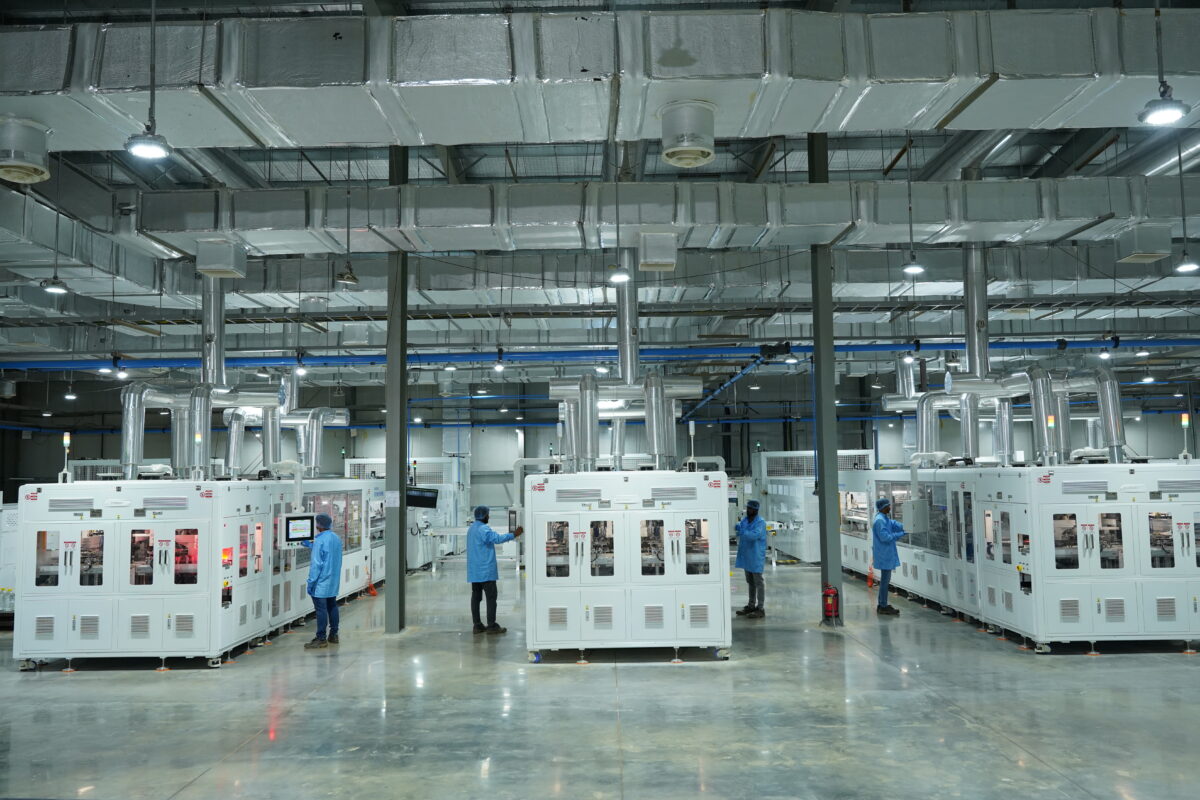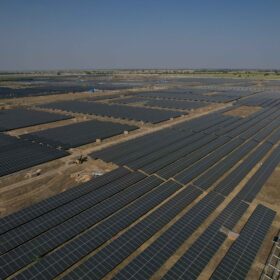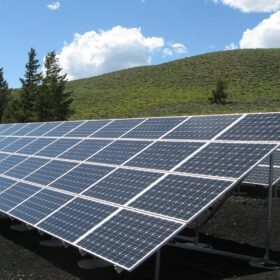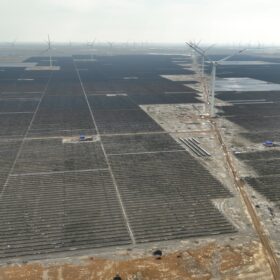From pv magazine Global
Chinese imports of polysilicon fell 23% year on year to 88,093 metric (MT) in 2022, due the ramp-up of new production capacity in the country, according to a new report by Bernreuter Research. The declines follow severe polysilicon shortages in 2021.
Annual polysilicon imports into China have nearly halved from their peak of 158,918 MT in 2017. They are now close to 2012 levels, when they reached 82,760 MT.
The biggest decline was seen in imports from Japan. In 2021, Sharp offloaded large volumes of polysilicon inventory after the company’s long-term purchase contract with Hemlock Semiconductor expired in 2020. That drove up imports from Japan to a record high of 15,431 MT in 2021. However, in 2022, imports fell by 60% to 6,129 MT.
A similar development occurred in Taiwan, where former producers of solar wafers are still selling polysilicon stocks they own from long-term contracts into China. Imports from Taiwan dropped by 50% from 6,899 MT in 2021 to 3,480 MT in 2022.
The Malaysian polysilicon subsidiary of South Korean chemicals group OCI also exported significantly less to China. Its shipment volumes dropped by 23% from 29,727 MT to 22,944 MT, due to longer-than-expected maintenance work at OCI’s factory.
Imports from Germany’s Wacker, the largest foreign polysilicon supplier to China, fell by 6.3% from 51,316 MT to 48,070 MT. Meanwhile, US-based Hemlock Semiconductor reduced its volumes from 4,811 MT to 2,785 MT, after both polysilicon manufacturers concluded sales contracts with Chinese module maker JinkoSolar, which opened a new wafer factory with a 7 GW wafer facility in Vietnam in early 2022.
Trina Solar is the next major Chinese module maker seeking to move production in response to ongoing anti-dumping and countervailing duty investigations in the United States. Trina is expected to open a 6.5 GW wafer manufacturing facility in Vietnam mid-2023.
“With the Uyghur Forced Labor Prevention Act that bans products from Xinjiang and the anti-circumvention decision against solar modules produced with Chinese wafers in Southeast Asia, the United States are driving the demand for solar panels made of polysilicon and wafers not coming from China,” said Bernreuter Research. “At the same time, polysilicon imports into China will shrink further in view of the massive domestic capacity expansion. Consequently, the future of non-Chinese polysilicon feedstock lies outside China.”
Preliminary production estimates shows China’s share of global solar-grade polysilicon output at 88% in 2022, up from 82% in 2021 and 55% in 2017. Driven by the big profits seen in 2022, industry analysts expect existing polysilicon expansion projects to materialize in 2023, with production rapidly increasing toward an eventual surplus.
This content is protected by copyright and may not be reused. If you want to cooperate with us and would like to reuse some of our content, please contact: editors@pv-magazine.com.








By submitting this form you agree to pv magazine using your data for the purposes of publishing your comment.
Your personal data will only be disclosed or otherwise transmitted to third parties for the purposes of spam filtering or if this is necessary for technical maintenance of the website. Any other transfer to third parties will not take place unless this is justified on the basis of applicable data protection regulations or if pv magazine is legally obliged to do so.
You may revoke this consent at any time with effect for the future, in which case your personal data will be deleted immediately. Otherwise, your data will be deleted if pv magazine has processed your request or the purpose of data storage is fulfilled.
Further information on data privacy can be found in our Data Protection Policy.